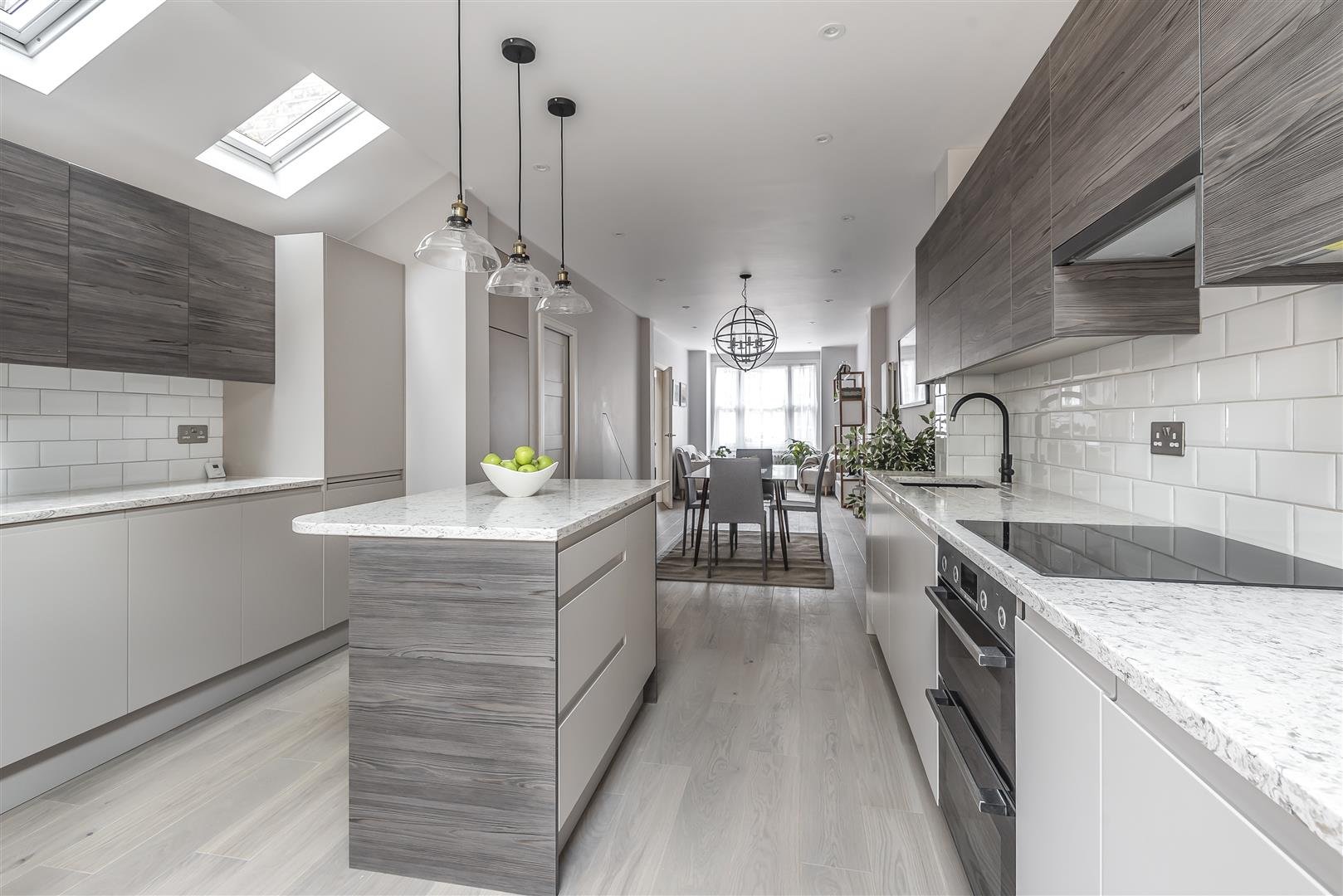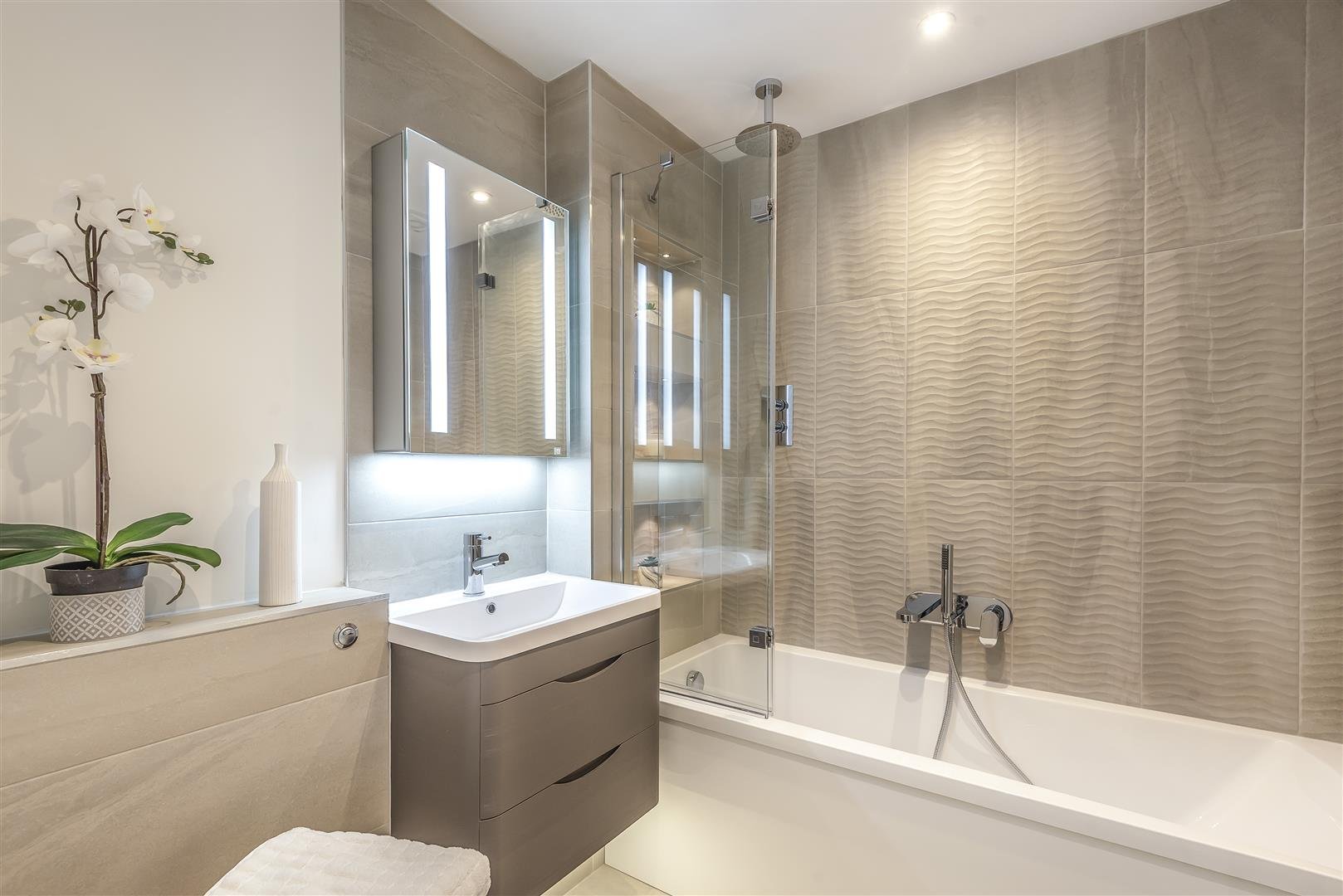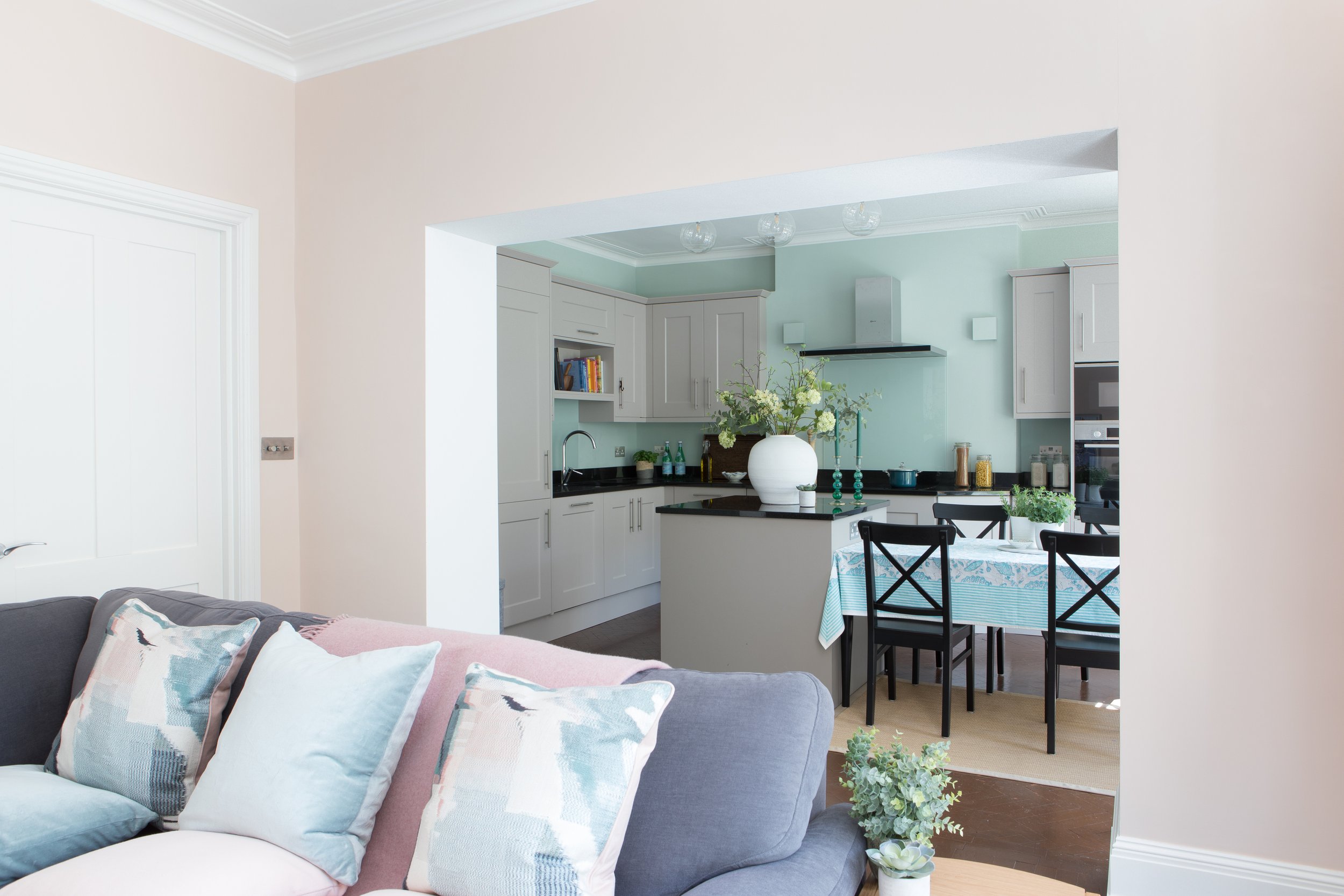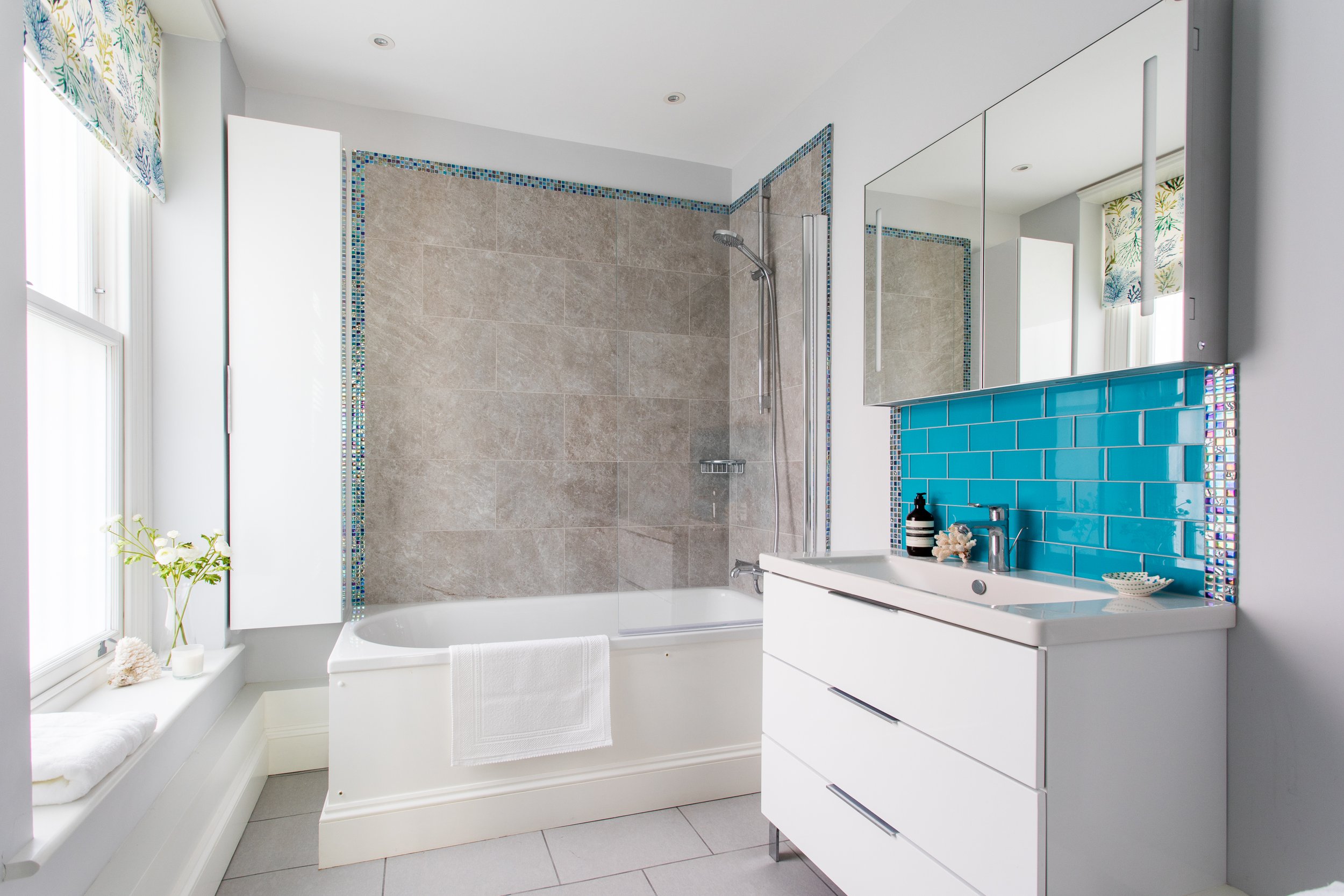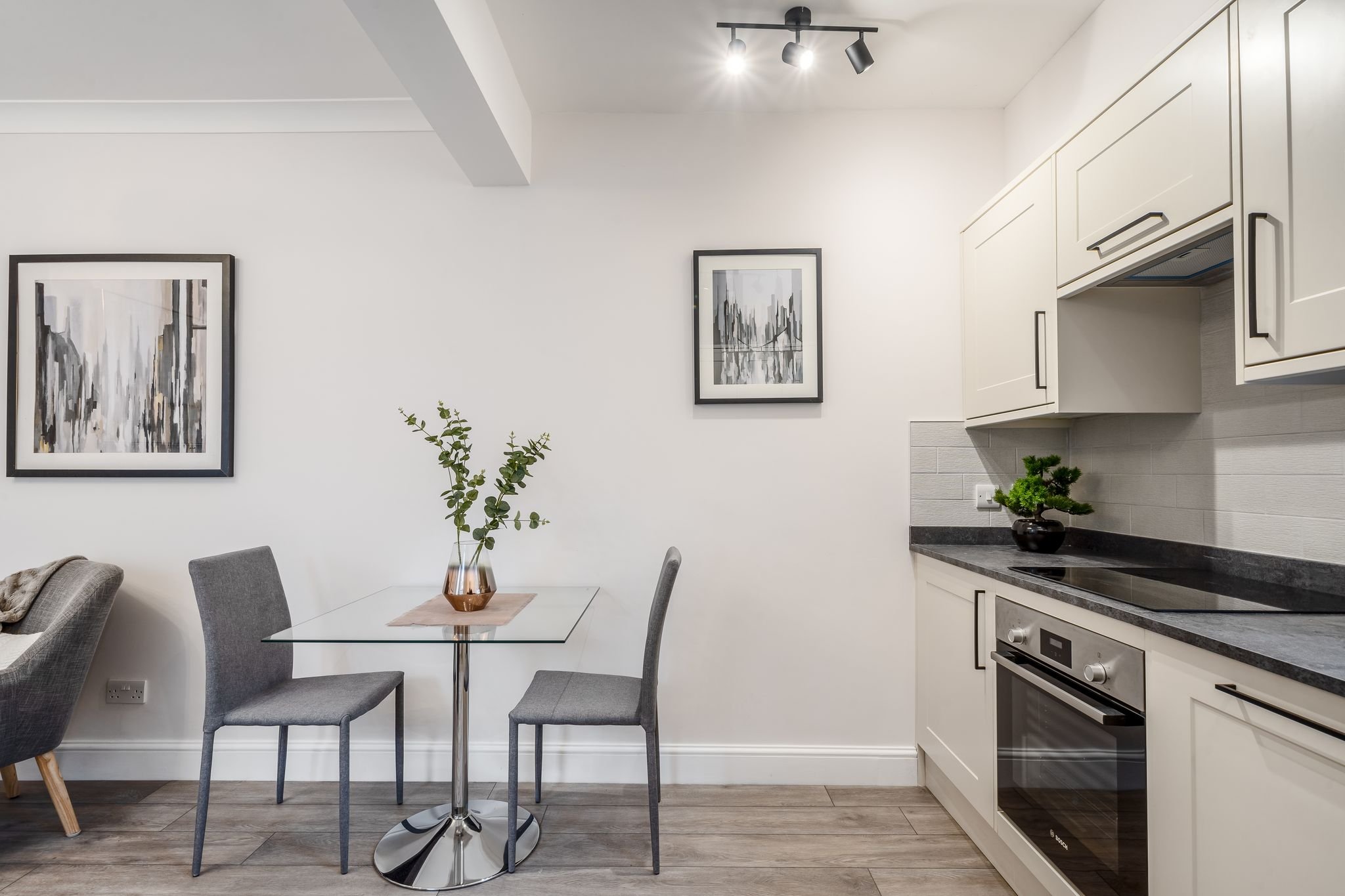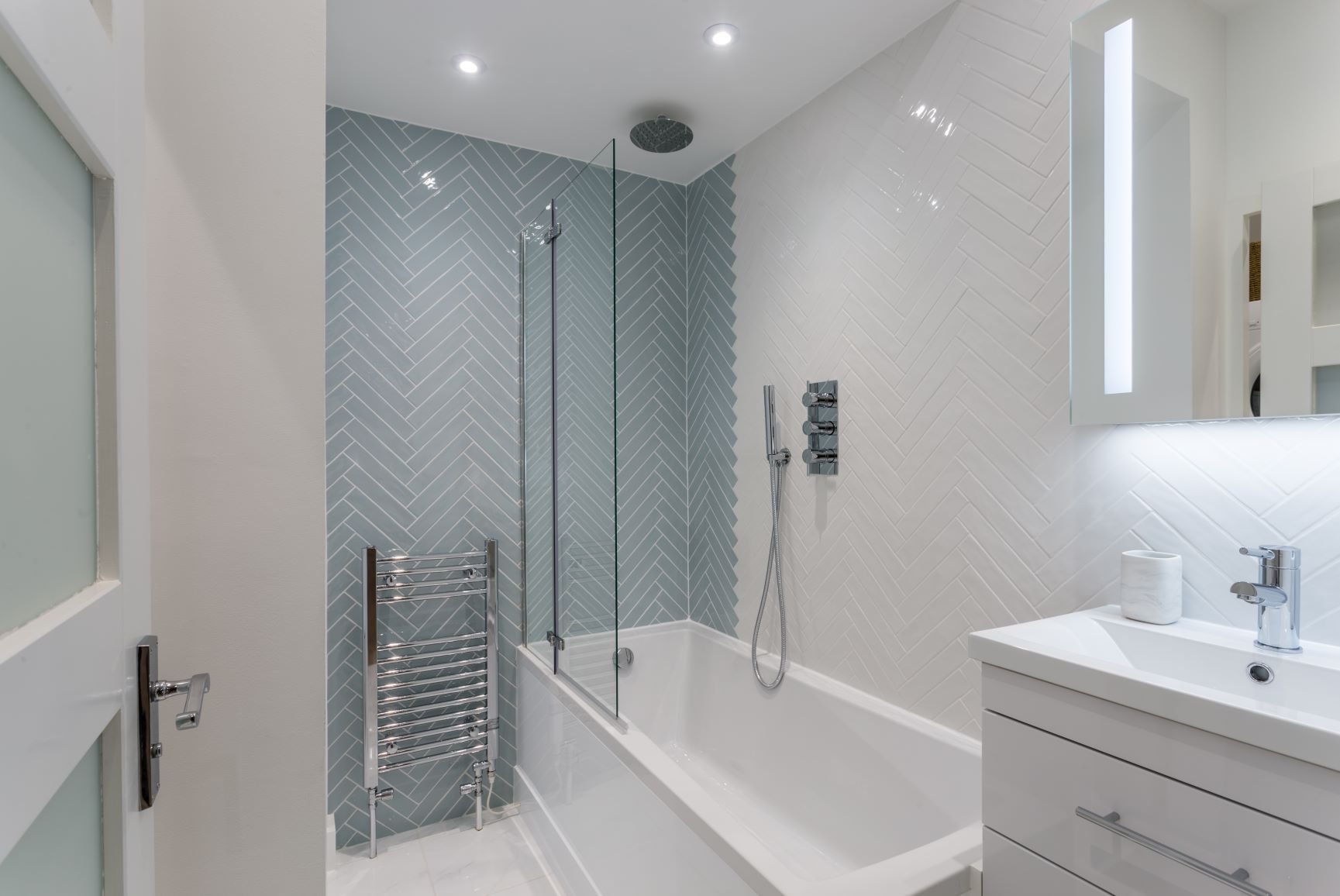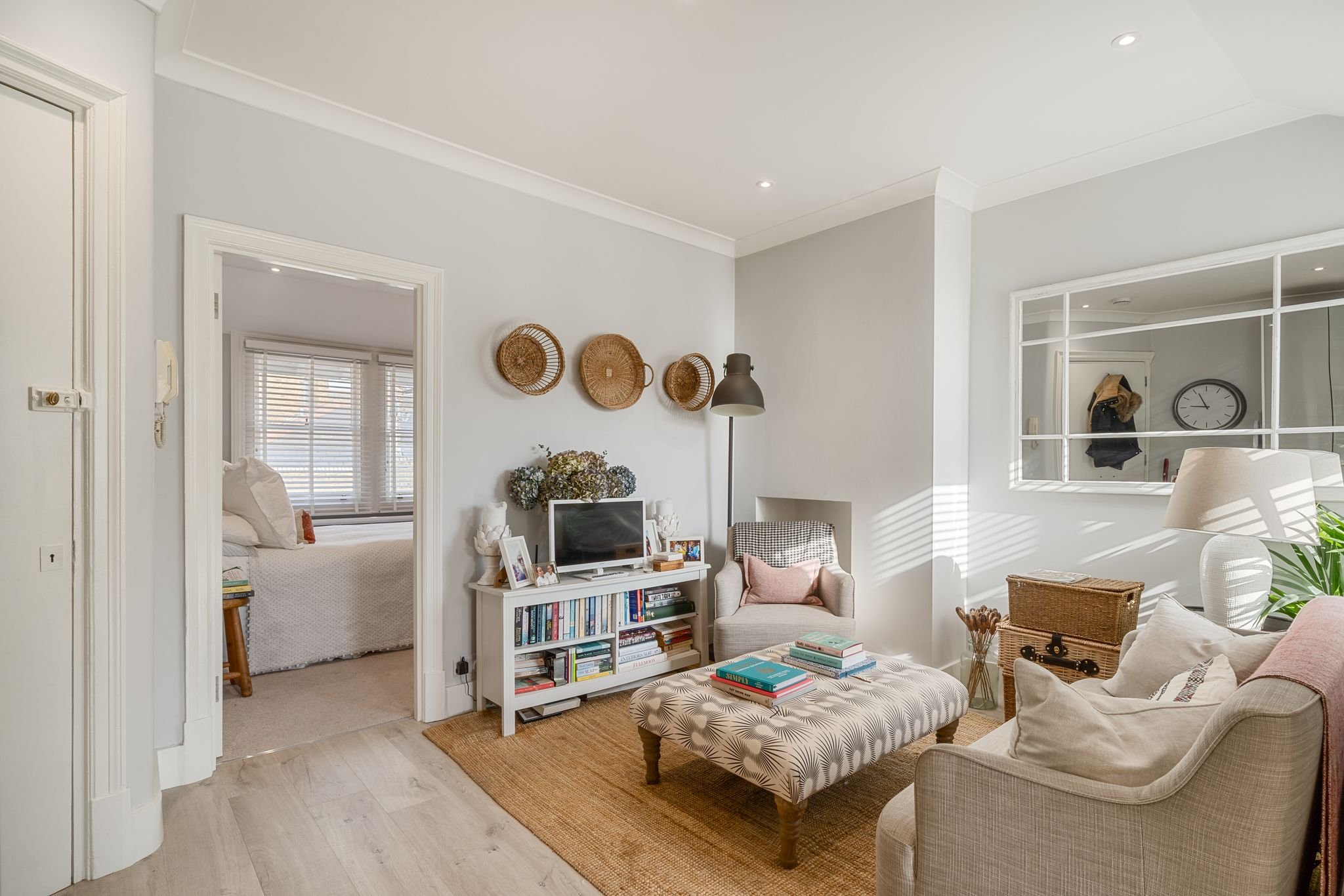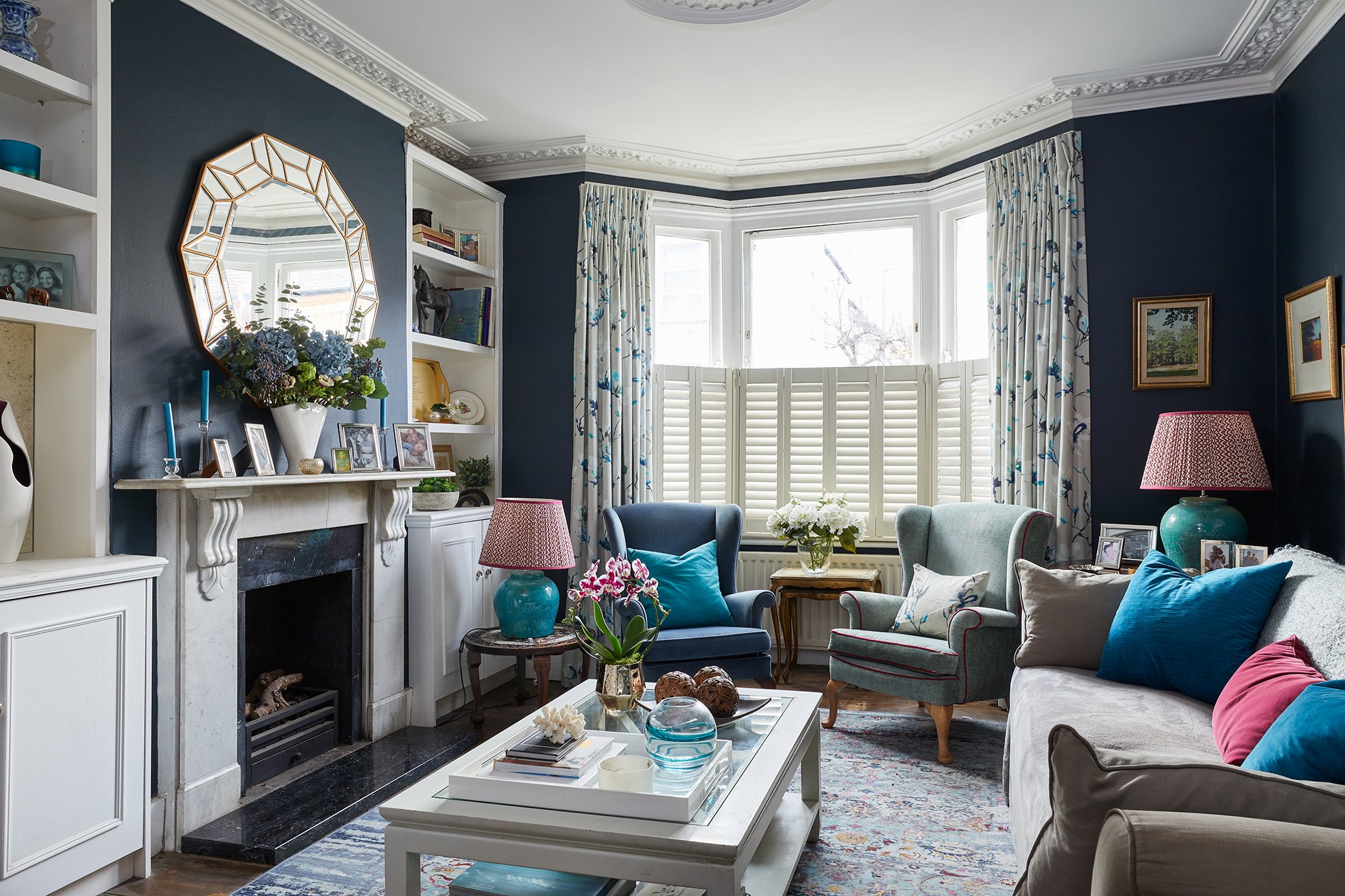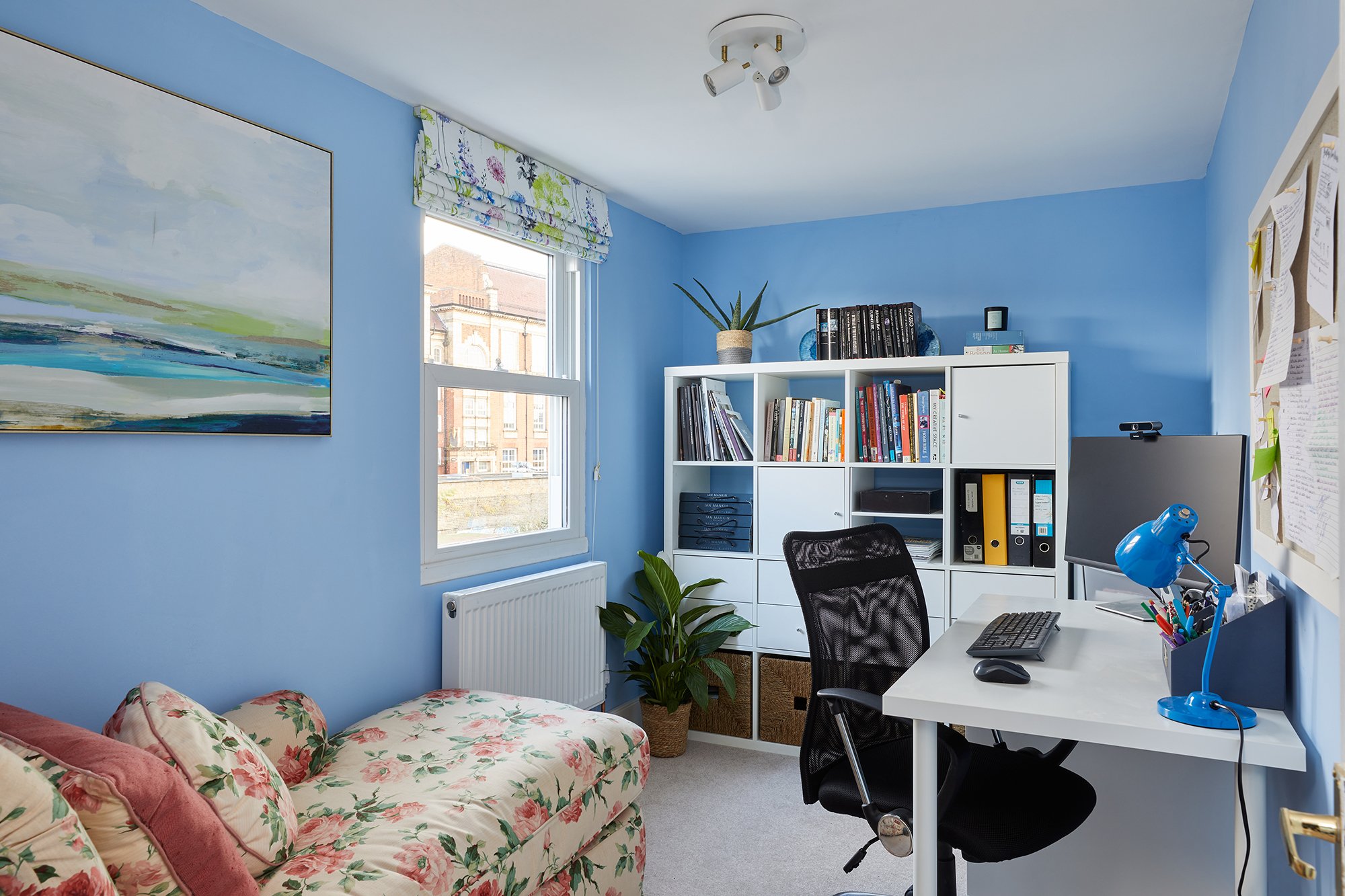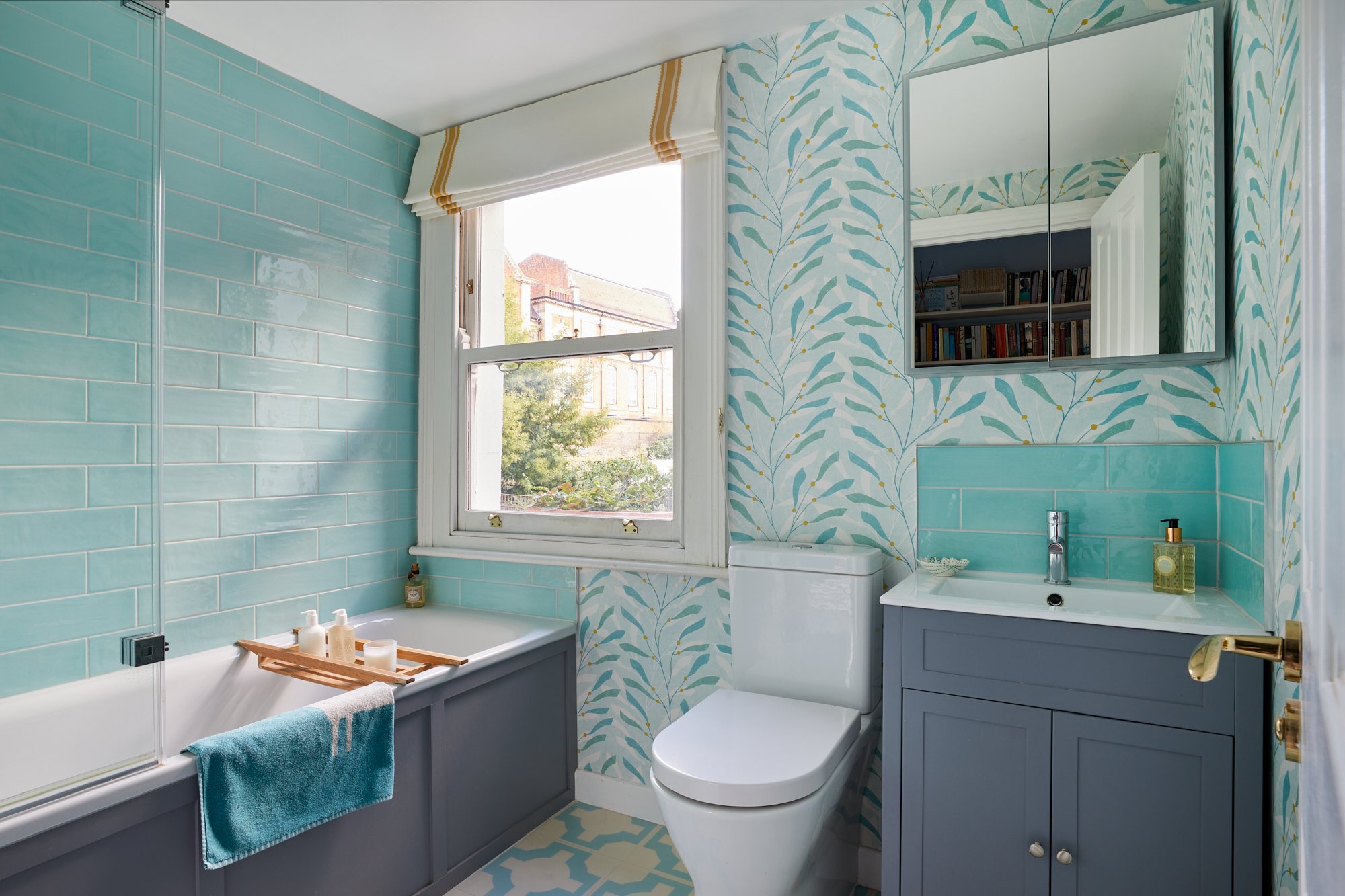WHY WORK WITH AN INTERIOR DESIGNER FOR YOUR RENOVATION PROJECT?
First and foremost an interior designer will bring fresh eyes, some new perspective, creativity and enthusiasm to a project, also a realistic view of what can and cannot be achieved. They should also bring an organised approach to what can be a unwealdy and stressful process and their experience at having “seen it all” should enable them to come up with quick and simple solutions to any problems that may arise. A designer will be responsible for helping you to spend your money wisely and will be able to take a considered approach to your project, allowing you the opportuity to step back and to hopefully enjoy the process.
Any home renovation is extremely personal and each client will need to have a close and trusting relationship with their designer, and this may influence the type of practice they are looking to work with. Before selecting a practice it is important to be completely sure it is the right fit. Interior design is a broad profession and the client needs to be fully briefed on the designer’s full scope and capabilities before starting a project.
Interior design is an extremely broad term and can encompass a huge variety of design disciplines depending on the training or experience of the individual designer or practice. An interior designer may have experience in interior architecture, spatial planning, lighting design, kitchen and cabinetry design, selection and specification of fixtures and fittings, and final styling. Some designers will be predominately involved in the spatial planning and interior architecture, while others have skills more suited to undertake styling/interior decoration.
An interior designer can be used to their best advantage when they are involved from the early stages of a project.
Interior designers are able to work collaboratively with architects and other design teams to assist in the spatial planning of the property (including detailed furniture layouts), whilst also inputting on the required fixed finishes that are needed for the construction stage. Considering that the cost of fixtures (including bathroom/kitchen etc), fittings, and equipment will be anywhere from 30-60 % of the build cost, the use of an interior designer in the early stages of large projects to source these items can ensure much greater knowledge is brought to the overall project budget and can avoid costly mistakes.
Many people believe an interior designer is limited to the soft furnishings and dressing/styling of a house, but that is not the case!
There is significant cross over between an experienced interior designer, interior architect and architect, and usually an interior designer has much more capability than is known. I would argue that in order to produce a project that flows and has a single design intent running throughout, an interior designer who is involved throughout the entirety of the project is key, as they will ensure continuity of finish and style, amongst other benefits.
In most cases an interior designer will assist in the implementation of the works and coordinate them, managing time and budgets. However, depending on the designer’s experience, or the complexity of the project, they may be happy to work along side other professionals such as an architect, project manager, or main contractor, where they would also have input into the implementation and timeframe. Of course, the greater the service required, the greater fee that is applicable!
Designers charge in a number of different ways and this should be explored in the initial meeting and then made clear in a follow-up email and fee proposal once the brief and project has been understood.
Emily Rennie Design is full-service, multi-disciplinary practice that is able to offer a wide range of services. Please feel free to get in touch to find out more about how I can assist you with your project.




